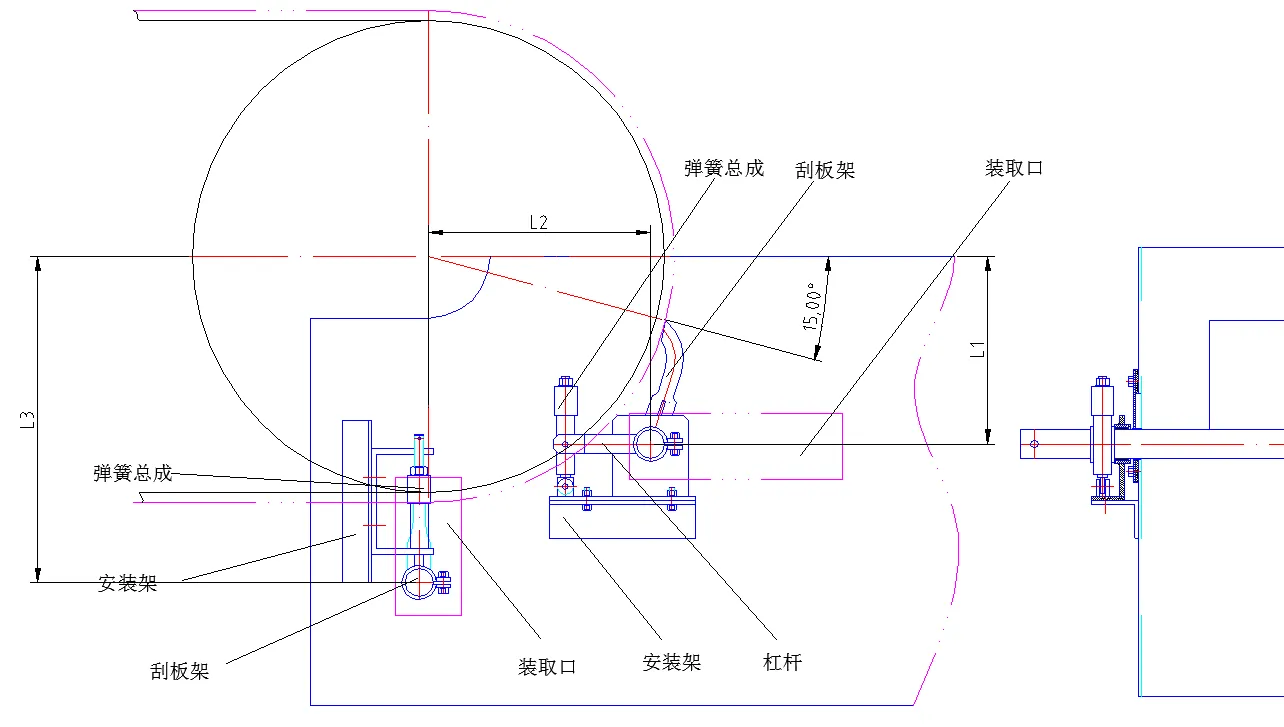 Afrikaans
Afrikaans  Albanian
Albanian  Amharic
Amharic  Arabic
Arabic  Armenian
Armenian  Azerbaijani
Azerbaijani  Basque
Basque  Belarusian
Belarusian  Bengali
Bengali  Bosnian
Bosnian  Bulgarian
Bulgarian  Catalan
Catalan  Cebuano
Cebuano  Corsican
Corsican  Croatian
Croatian  Czech
Czech  Danish
Danish  Dutch
Dutch  English
English  Esperanto
Esperanto  Estonian
Estonian  Finnish
Finnish  French
French  Frisian
Frisian  Galician
Galician  Georgian
Georgian  German
German  Greek
Greek  Gujarati
Gujarati  Haitian Creole
Haitian Creole  hausa
hausa  hawaiian
hawaiian  Hebrew
Hebrew  Hindi
Hindi  Miao
Miao  Hungarian
Hungarian  Icelandic
Icelandic  igbo
igbo  Indonesian
Indonesian  irish
irish  Italian
Italian  Japanese
Japanese  Javanese
Javanese  Kannada
Kannada  kazakh
kazakh  Khmer
Khmer  Rwandese
Rwandese  Korean
Korean  Kurdish
Kurdish  Kyrgyz
Kyrgyz  Lao
Lao  Latin
Latin  Latvian
Latvian  Lithuanian
Lithuanian  Luxembourgish
Luxembourgish  Macedonian
Macedonian  Malgashi
Malgashi  Malay
Malay  Malayalam
Malayalam  Maltese
Maltese  Maori
Maori  Marathi
Marathi  Mongolian
Mongolian  Myanmar
Myanmar  Nepali
Nepali  Norwegian
Norwegian  Norwegian
Norwegian  Occitan
Occitan  Pashto
Pashto  Persian
Persian  Polish
Polish  Portuguese
Portuguese  Punjabi
Punjabi  Romanian
Romanian  Russian
Russian  Samoan
Samoan  Scottish Gaelic
Scottish Gaelic  Serbian
Serbian  Sesotho
Sesotho  Shona
Shona  Sindhi
Sindhi  Sinhala
Sinhala  Slovak
Slovak  Slovenian
Slovenian  Somali
Somali  Spanish
Spanish  Sundanese
Sundanese  Swahili
Swahili  Swedish
Swedish  Tagalog
Tagalog  Tajik
Tajik  Tamil
Tamil  Tatar
Tatar  Telugu
Telugu  Thai
Thai  Turkish
Turkish  Turkmen
Turkmen  Ukrainian
Ukrainian  Urdu
Urdu  Uighur
Uighur  Uzbek
Uzbek  Vietnamese
Vietnamese  Welsh
Welsh  Bantu
Bantu  Yiddish
Yiddish  Yoruba
Yoruba  Zulu
Zulu drum lagging rubber
Understanding Drum Lagging Rubber Its Importance and Applications
Drum lagging rubber is an essential component utilized in various industries, particularly in conveyor systems where it serves as a protective covering for drums. The primary purpose of lagging is to enhance the friction between the drum and the conveyor belt, improving traction and preventing slippage. This article delves into the significance, types, and applications of drum lagging rubber, as well as its maintenance considerations.
What is Drum Lagging Rubber?
Drum lagging rubber is a specialized material applied to the surface of a drum—usually a head or tail drum in a conveyor system. The rubber layer provides a textured surface, which increases the grip between the drum and the belt, ensuring efficient and reliable operation. The lagging also protects the drum from wear and environmental degradation, extending its lifespan.
Importance of Drum Lagging Rubber
1. Enhanced Traction One of the primary functions of drum lagging rubber is to increase traction. A lagged drum has a better grip on the conveyor belt, reducing the chances of slippage, especially in applications involving heavy loads or steep conveyor angles.
2. Wear Resistance Conveyor systems often operate in harsh conditions, exposing drums to abrasion and chemical wear. Lagging provides an extra layer of protection, significantly reducing the wear on the drum itself and prolonging its life.
3. Reduction of Noise The rubber material helps to dampen vibrations and can substantially reduce noise pollution generated from the conveyor system. This feature is particularly valuable in environments where noise levels must be controlled for safety and comfort.
4. Cost Efficiency While there is an initial investment in drum lagging, the long-term savings from reduced maintenance costs and extended equipment lifespans make it a cost-effective choice for many operations. Preventing slippage can also reduce downtime, which is essential for maintaining productivity.
Types of Drum Lagging Rubber
There are various types of drum lagging rubber available, each designed for specific applications and environmental conditions
1. Plain Lagging This is the most common type, featuring a smooth surface. It is suitable for general applications where slippage is not a major concern.
2. Textured Lagging Enhanced with a patterned surface, textured lagging provides superior grip. It is commonly used in heavy-duty applications where the risk of slippage is higher.
drum lagging rubber

3. Ceramic Lagging Incorporating ceramic materials, this type of lagging is designed for high-friction applications. It is ideal for scenarios where maximum grip is essential, such as in materials handling for steep conveyor systems.
4. Hot vs. Cold Bonding Lagging can be applied using hot or cold bonding methods. Hot bonding provides a stronger, more durable bond but requires heating that can be time-consuming. Cold bonding is quicker and more convenient but may not offer the same level of durability.
Applications of Drum Lagging Rubber
Drum lagging rubber is utilized across a range of industries where conveyor systems play a critical role
1. Mining In the mining industry, where heavy materials are transported, effective conveyor systems with robust drum lagging are crucial for operational efficiency and safety.
2. Construction The construction industry often uses conveyor systems to move heavy aggregate materials. Drum lagging rubber ensures that these materials are transported efficiently without slippage.
3. Food Processing In food processing applications, where hygiene is paramount, rubber lagging can be made from food-grade materials to comply with health regulations while providing the necessary grip.
4. Recycling Conveyor systems in recycling plants benefit greatly from drum lagging rubber as it enhances the movement of recyclable materials while ensuring minimal wear and tear on equipment.
Maintenance Considerations
To maximize the effectiveness of drum lagging rubber, regular maintenance is crucial. Operators should routinely inspect the lagging for signs of wear, such as cracks or tears, and replace it as necessary. Proper alignment of the conveyor system is essential to prevent uneven wear on the lagging. Additionally, keeping the operating environment clean from debris can help maintain the integrity of the drum lagging.
Conclusion
Drum lagging rubber plays a pivotal role in enhancing the efficiency and safety of conveyor systems across various industries. Its benefits, ranging from increased traction to cost savings, highlight the importance of choosing the right type of lagging for specific applications. Regular maintenance further ensures that these systems operate smoothly and effectively, making drum lagging an indispensable element in modern industrial operations.
-
Revolutionizing Conveyor Reliability with Advanced Rubber Lagging PulleysNewsJul.22,2025
-
Powering Precision and Durability with Expert Manufacturers of Conveyor ComponentsNewsJul.22,2025
-
Optimizing Conveyor Systems with Advanced Conveyor AccessoriesNewsJul.22,2025
-
Maximize Conveyor Efficiency with Quality Conveyor Idler PulleysNewsJul.22,2025
-
Future-Proof Your Conveyor System with High-Performance Polyurethane RollerNewsJul.22,2025
-
Driving Efficiency Forward with Quality Idlers and RollersNewsJul.22,2025





























